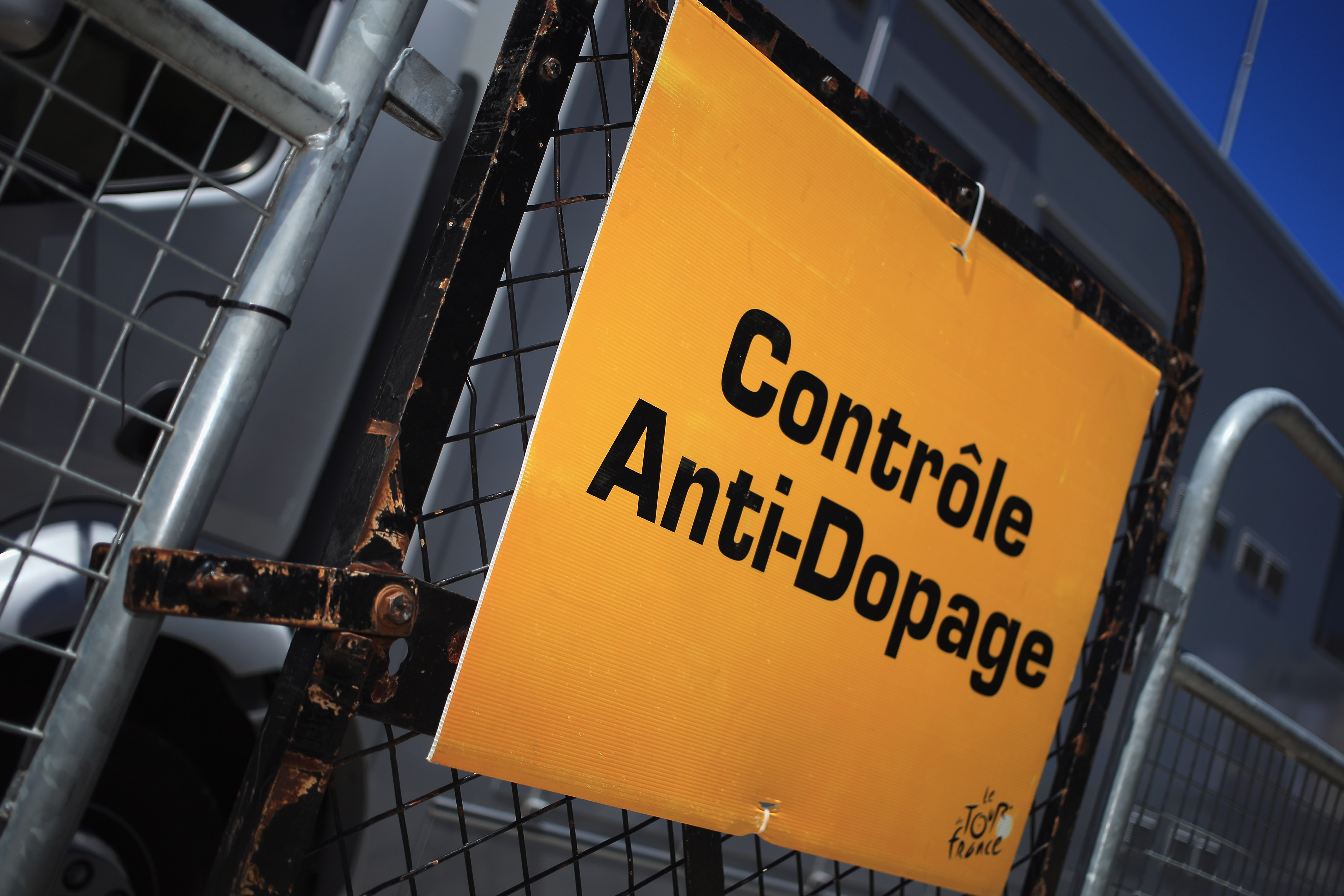
Blood from worms usually used as fishing bait could be the newest doping technique in professional cycling, even at the Tour de France, reports over the weekend have alleged.
Haemoglobin from arenicola marina lugworms, otherwise known as sandworms, is used for medical use because of the worms' incredible oxygen transporting abilities, and according to L'Équipe last week, the creator of the technique was approached in 2020 by a "well-known cyclist" who wanted to use the product.
Hemarina, the French company founded by Dr Franck Zal, say that lugworm haemoglobin is a universal blood substitute that can transport 40 times more oxygen than human haemoglobin. Its super-oxygen transporting qualities are useful for organ transplants, but also gives it an appeal for potential dopers. It is used by Hemarina for preserving organ trasnplant and cell growth activation.
Anti-doping controls can detect the haemoglobin from the lugworms, but its short half life means it is undiscoverable after a few hours, and therefore its use is unlikely to be flagged by a Biological Passport.
The World Anti-Doping Agency WADA told l’Équipe that it was aware of the risks of the special haemoglobin being used for blood doping, but that no cases had been detected so far. The French anti-doping agency also said that it was concerned about the use of the product.
Dr Zal discovered lugworm haemoglobin in 2007, and has used the extracellular haemoglobin, M101, for a variety of products through Hemarina, but also said that he knew from early on that it could be used for nefarious means.
“I understood very early on that it could be diverted,” he told l’Equipe. “We had several direct requests from athletes or gyms, who wanted to know how to obtain the substance. I also learned of its possible administration to racehorses.”
He said that in 2020, a "well-known cyclist whose team participates in the Tour de France, contacted me because he wanted the product".
Dr Zal said that he told the French OCLAESP (l'Office central de lutte contre les atteintes à l'environnement et à la santé publique, or the office for environmental and public health) police about the contact.
“I asked them what to do, they replied: ‘Make him talk, we want to see if there is a network.’ We had around ten exchanges of emails but at some point, I told myself that it's their job, not mine,” he said.
The OCLAESP confirmed the discussions to l’Equipe but declined to add any further information.
Dr Zal helped with Operation Aderlass, the German investigation into a blood doping ring that involved 23 athletes from eight countries, including cyclists from the 2018 Tour de France, the 2016 and 2018 Giro d’Italia, and the 2017 Vuelta a España, as well as endurance skiers. The athletes used a super haemoglobin in some cases, and pre-race micro blood transfusions to help performance.
“Sea worm haemoglobin works very quickly in the body after injection but it also has a very short lifespan,” Adeline Molina of the L’Agence française de lutte contre le dopage (AFLD) told l’Equipe. “This is a product to look for in competition. But it is visible in a blood test.”
Cyclingnews reported on Sunday that research published by Analytical Science Journals into the detection of extracellular haemoglobin from Arenicola marina in doping control serum samples said that “a detection window of 4–8 h should be sufficient to uncover doping with lugworm Hb. However, no data on the administration of M101 to humans have been published so far, so the results of this study still need to be confirmed in human subjects.”
The research concluded: “Due to its promising therapeutic properties, lugworm Hb represents an emerging doping agent which can potentially be misused in sports to improve the oxygen delivery capacity of the blood.
“Even though clinical approval for in vivo use as oxygen carrier is still missing, a graft preservative for transplant procedures containing lugworm Hb as active ingredient M101 has recently obtained the CE marking allowing its marketing as medical device for ex vivo usage in Europe, which makes the drug readily available for cheating athletes.”
WADA said that they were aware of the risks of the lugworm haemoglobin, but that they had not caught anyone using it yet.
“There was a very rapid understanding of this substance and its risks for doping purposes. We bought the product and put it in the hands of the anti-doping laboratories,” Professor Olivier Rabin, the scientific director of the WADA said.
“If this substance had been found in an athlete, we would have made it public. I can't guarantee that this hasn't happened somewhere in the world. But to my knowledge, this is not the case.”







